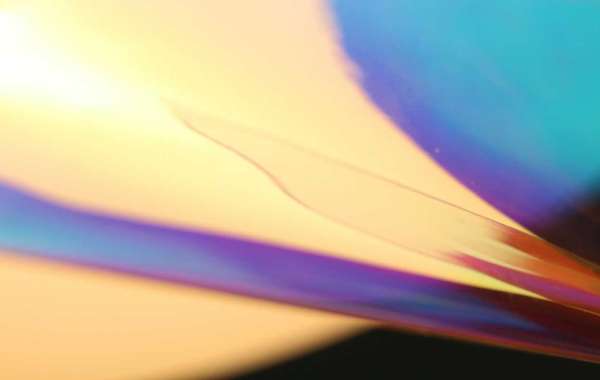When it comes to house renovations, the bathroom is one of the most important rooms. Choosing the correct materials for amenities, fixtures, and, of course, flooring may have a big impact on both appearance and functionality.
Is vinyl flooring suitable for use in bathrooms?
If you want to update your bathroom, explore vinyl flooring options. Modern luxury vinyl flooring (LVP) have taken the utilitarian benefits of vinyl for bathroom floors and redefined them, resulting in exceptional cosmetic appeal.
The History of Vinyl Flooring
Vinyl was first used as a flooring material in the 1930s, so you may be familiar with it. This substance has undergone considerable changes throughout history. Vinyl became popular as a business flooring option due to its excellent resilience in high-traffic areas and flame retardant properties, and it was frequently seen in shops, offices, and medical clinics. By the 1960s, vinyl flooring technology had evolved to have low maintenance requirements and provide superior underfoot comfort, ranking second only to carpet in the home.
Enter the 1970s, when the first vinyl planks hit the market. These vinyl planks, which were made to resemble wooden floorboards, redefined vinyl flooring as a great aesthetic option for homeowners. Today, vinyl plank technology has advanced to the point that the majority of flooring alternatives in this material are called luxury vinyl floors.
WHAT ARE LVP (Luxury Vinyl Floorboards)?
LVPs are high-end, beautiful, and very useful. A photographic top layer and special treatments are used to give these vinyl planks the appearance and texture of natural timber. Vinyl floors are typically comprised of three layers:
The floorboard's backing layer is comprised of flexible and soft vinyl.
Photographic layers are photorealistic prints that replicate natural materials such as wood or stone.
Carpet Call's vinyl planks have high-quality wear layers that can survive scratches, stains, and rigorous use.
Why are vinyl floorboards ideal for the bathroom?
Vinyl flooring is a great alternative for bathrooms. While stone or ceramic tiles are the conventional choice, vinyl flooring provides excellent performance at a reduced cost, making it the better alternative. The main advantages of vinyl flooring in your bathroom are:
Vinyl planks can approximate the look of stone or wood, allowing you to maintain your bathroom's design without sacrificing aesthetics. Many share the same underfoot texture.
Timber flooring in the bathroom might be unstable due to variable moisture levels, despite its timeless and exquisite appearance. Vinyl planks are entirely immune to moisture, so you may enjoy the look of wood without the worry of warping.
Non-slip coatings, including Gerflor PureClean sand on various Carpet Call vinyl planks, are available.
Simple Installation:
Vinyl planks, which are floating floors, can be put over any subfloor in your bathroom. They are also softer than tiles and can be easily chopped to size if necessary.
Open Agent estimates that high-quality tiles can cost up to $165 per square meter, making them cost-effective. Carpet Call's most expensive luxury vinyl planks cost as little as $65 per square metre - a huge difference!







